Evaluating the Long-Term Performance and Economic Benefits of SUDS Using Continuous Simulation
Revista : WATER RESOURCES MANAGEMENTTipo de publicación : ISI Ir a publicación
Abstract
Urban impervious surfaces reduce infiltration, limit storage capacity, and alter natural drainage pathways, which not only increase peak flows and runoff volumes but also disrupt the overall hydrologic regime. To address these challenges, there is a growing need for effective methods to promote the implementation of Sustainable Urban Drainage Systems (SUDS), which offer a local approach for managing surface runoff. By mitigating the negative impacts of urban development, SUDS help preserving the natural rainfall-runoff response. This paper introduces the use of continuous simulation to assess the benefits and estimate the economic returns of SUDS. The Storm Water Management Model (SWMM) is applied to simulate the long-term performance of SUDS in the San Eugenio neighborhood of Santiago, Chile. The results provide valuable insights for evaluating design alternatives that replicate the natural hydrologic regime. The economic returns of the adopted design are calculated, considering benefits such as reduced combined sewer system failures, shortened travel times in streets, and fewer instances of street flooding and water pooling. SUDS implementation in the study area was found to potentially reduces urban transport delays by over 50% and increases controlled combined sewer overflow events from 14 to 97.6%, with a projected annual economic return of $45,536 due to decreased flood-related disruptions. This study emphasizes the need for approaches to quantify the benefits of SUDS to effectively promote their adoption in urban planning, particularly in locations with restrained budgets. It offers new insights into the long-term performance and economic evaluation of urban stormwater management projects.




 English
English
